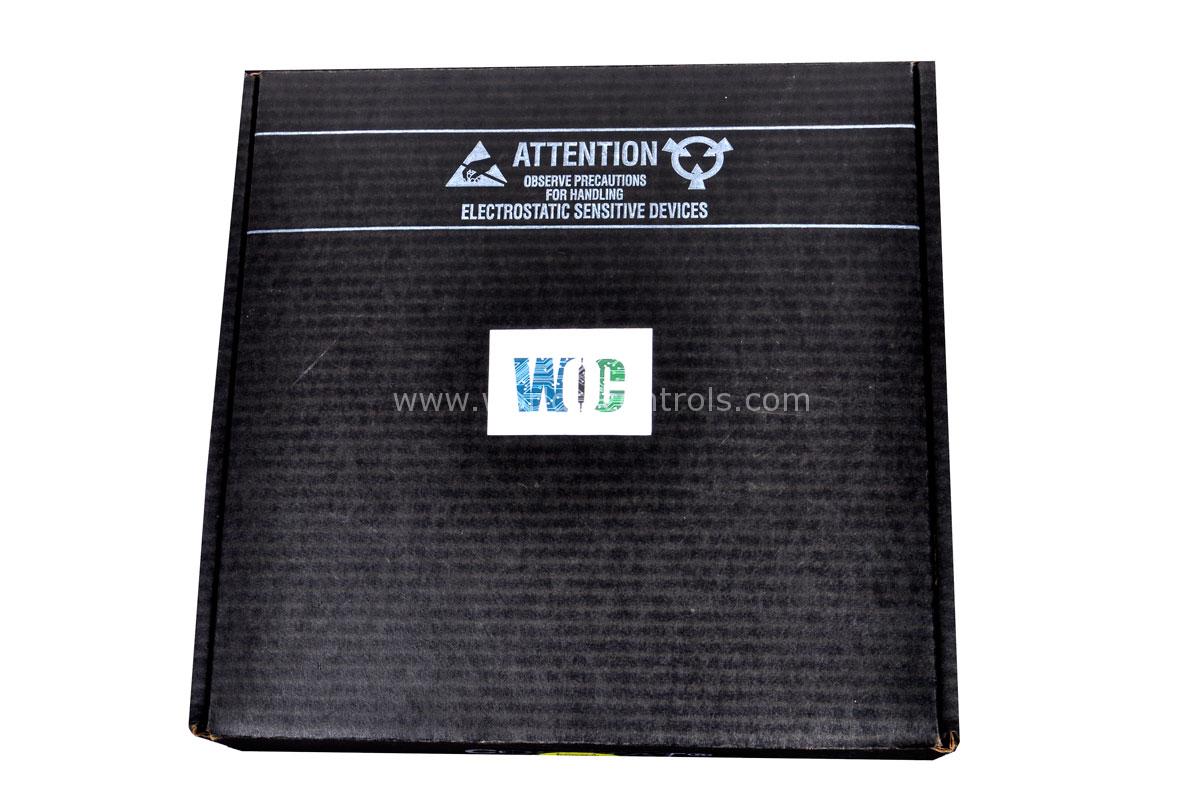SPECIFICATIONS
Part Number: 5441-409
Manufacturer: Woodward
Product type: Relay Interface Module
Repair: 3-7 Days
Availability: In Stock
Country of Manufacture: United States (USA)
Functional Description
5441-409 is a 10 Amp Relay Interface Module developed by Woodward. The Interface Module embodies a 10 Amp capacity, positioning it as a robust solution for managing substantial electrical loads. Designed with precision and expertise, this Interface Module boasts a formidable 10 Amp relay capacity, making it an exceptional choice for effectively handling significant electrical loads. With its robust 10 Amp capacity, extensive channel offering, and LED indicators, it is a reliable component designed to streamline the management of substantial electrical loads.
Features
- Robust Relay Handling: The Interface Module stands as a testament to robust engineering. With its remarkable 10 Amp capacity, this module is primed to manage electrical loads of substantial magnitude. This capacity underscores its reliability and suitability for diverse scenarios where substantial power handling is essential.
- Versatile Relay Interface: Central to its functionality is the relay interface feature. This allows the module to act as an intermediary between control systems and electrical devices, enabling seamless communication and control. The module's adept relay handling ensures the smooth operation of electrical equipment, adding a layer of control and efficiency to various processes.
- Expanded Channel Capacity: The Interface Module excels not only in power handling but also in channel capacity. Featuring 28 channels, it accommodates a broad spectrum of connections, making it well-suited for applications requiring extensive interfacing with multiple devices or systems.
- LED Indication for Enhanced Visibility: The incorporation of LED indication further enhances the module's utility. LEDs provide clear and instant visual feedback, allowing operators to quickly assess the status of individual channels. This real-time visibility simplifies monitoring and troubleshooting, contributing to operational efficiency and minimizing downtime.
Relay Interface De-rating
- To ensure the optimal performance and longevity of the relays, it is essential to prevent them from surpassing their maximum operating temperature specification of 125°C. This temperature threshold can be reached due to specific combinations of factors, including ambient temperature, coil voltage, and contact current. Preventing the relays from exceeding this threshold is crucial to maintaining their reliability and preventing potential malfunctions or damage.
- For cases where coil voltage remains at 24 Vdc and ambient temperatures are below 47.5°C, no de-rating of the relays is necessary. In such conditions, the relays can be safely energized without any concerns about exceeding the temperature specification.
- However, when dealing with higher coil voltages, certain adjustments are required to ensure that the relays operate within safe limits. This can involve either reducing the number of relays that are energized or decreasing the contact current, or a combination of both these measures. These adjustments are necessary to counteract the potential increase in temperature resulting from the higher coil voltages.
- It's worth noting that all relays can be safely energized at 24 Vdc and are capable of carrying a contact current of up to 7 A at ambient temperatures of up to 55°C when located outside the interface enclosure.
- To aid in determining whether your specific relay application falls within the acceptable operating limits, refer to the accompanying de-rating curves. These curves provide visual representations of the relationship between various parameters, including ambient temperature, coil voltage, and contact current.
- On the vertical axis of the de-rating curves, you'll find the ambient temperature. The curves consist of lines that represent constant coil voltage at different contact currents. The diagonal bold lines indicate different numbers of relays energized. The family of curves helps you understand the limits of operation based on these factors.
- Among the curves, a horizontal line labeled "55°C ambient" serves as the limit line. It signifies the upper threshold for ambient temperature. To ensure safe operation, your operating point should fall below this 55°C limit line.
World of Controls has the most comprehensive selection of GE and Woodward components. Our professionals are available to help you with your requirements at any time. If you require any additional information, please contact WOC immediately.
Frequently Asked Questions
What is 5441-409?
It is a Relay Interface Module developed by Woodward.
How do I account for coil voltage and average contact current?
Determine the supply voltage for the relay coils and an average contact current. These values are crucial for pinpointing your application's operating parameters.
How do I use the curves on the de-rating chart?
Locate the curves that correspond to your coil voltage on the de-rating chart. Estimate a curve for your average contact current, ensuring it aligns with your application's parameters.
What's the significance of the intersection of the estimated curve and the diagonal line?
The intersection point indicates the actual operating temperature. This point must fall below the 55 degrees Celsius limit to ensure that the relays operate within safe temperature limits.
